Rani-kot Fort
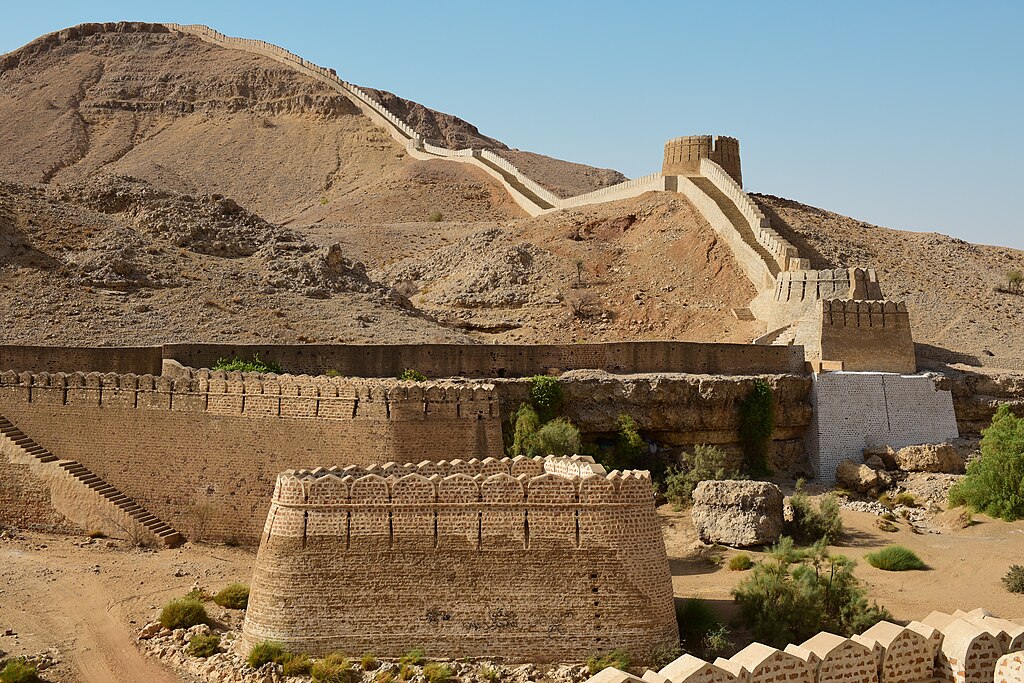
Introduction
Punjabi Culture Forts are remarkable historical landmarks that represent the rich heritage, valor, and architectural brilliance of the Punjab region. These forts were strategically built to protect the land and showcase the power of the local rulers during medieval and Mughal periods.
Architectural Features
Punjabi forts are known for their robust defensive walls, intricately designed gates, massive bastions, and ornate interiors. They often combine Islamic, Mughal, and indigenous Punjabi architectural styles, featuring carved stonework, frescoes, and grand courtyards.
Historical Significance
- Defense and Governance: These forts served as military strongholds and administrative centers, controlling trade routes and regional territories.
- Cultural Hub: Many forts hosted royal courts, ceremonies, and gatherings, acting as centers for art, poetry, and music that reflect Punjabi culture.
- Strategic Locations: Situated near rivers or trade routes, the forts ensured the security and prosperity of Punjab throughout history.
Famous Forts of Punjab
Some of the iconic forts include Rohtas Fort, a UNESCO World Heritage Site built by Sher Shah Suri, and Sheikhupura Fort, known for its architectural elegance and historical importance. These forts attract historians, tourists, and cultural enthusiasts alike.
Culture and Legacy
Today, Punjabi forts stand as symbols of Punjab’s rich cultural legacy, reflecting the bravery, art, and history of the region. They are venues for festivals, exhibitions, and educational tours, preserving the stories of the past for future generations.
Quick Facts
- Era: Mostly 16th to 18th centuries
- Architecture: Mughal, Islamic, and Punjabi fusion styles
- Purpose: Military defense and royal residence
- Notable Forts: Rohtas Fort, Sheikhupura Fort, and others
Image Gallery
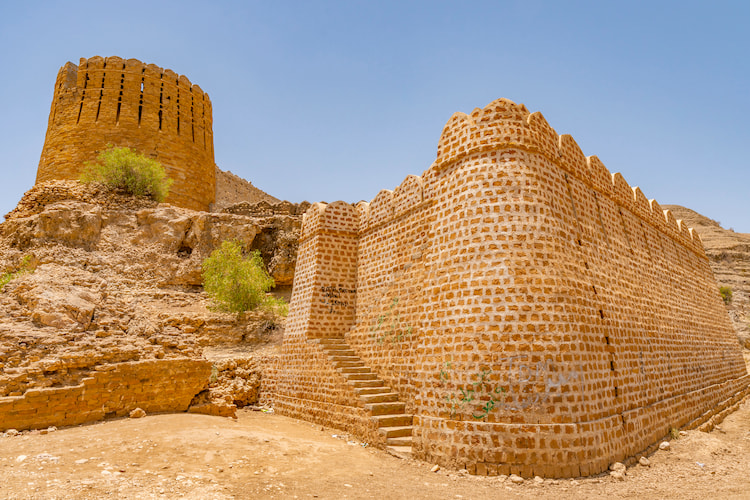
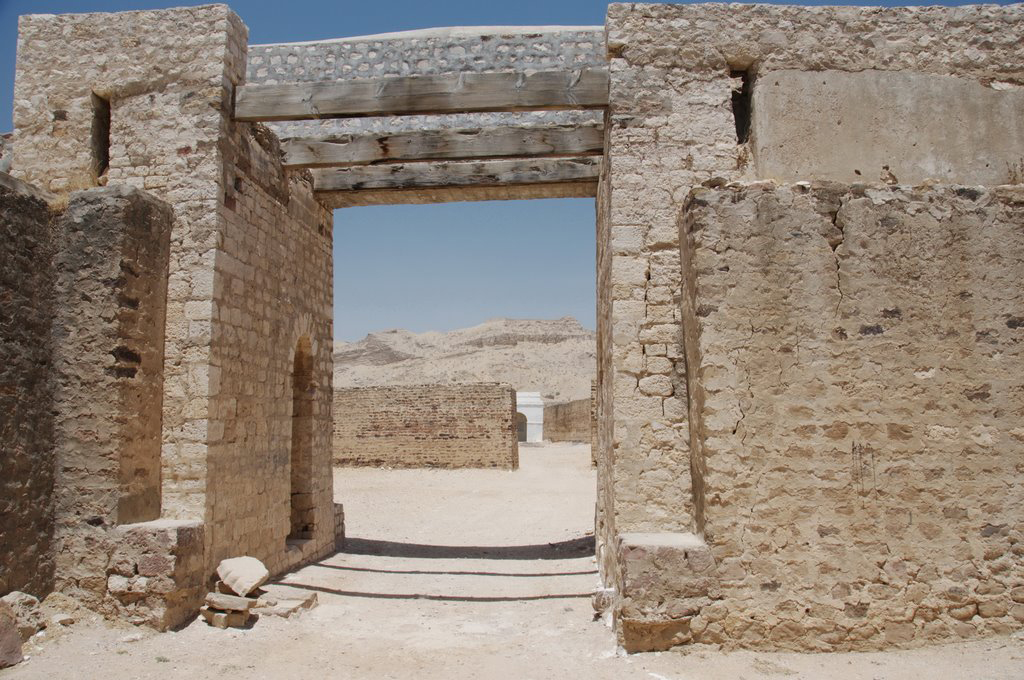
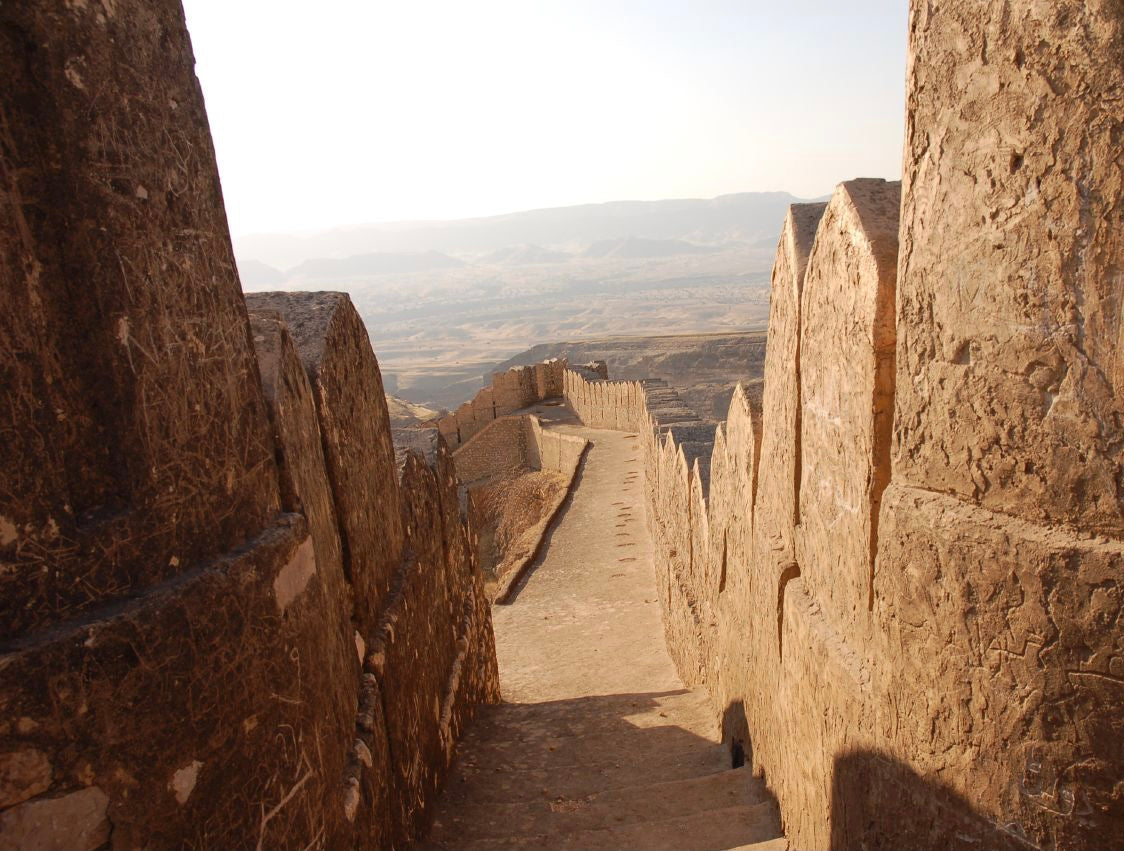
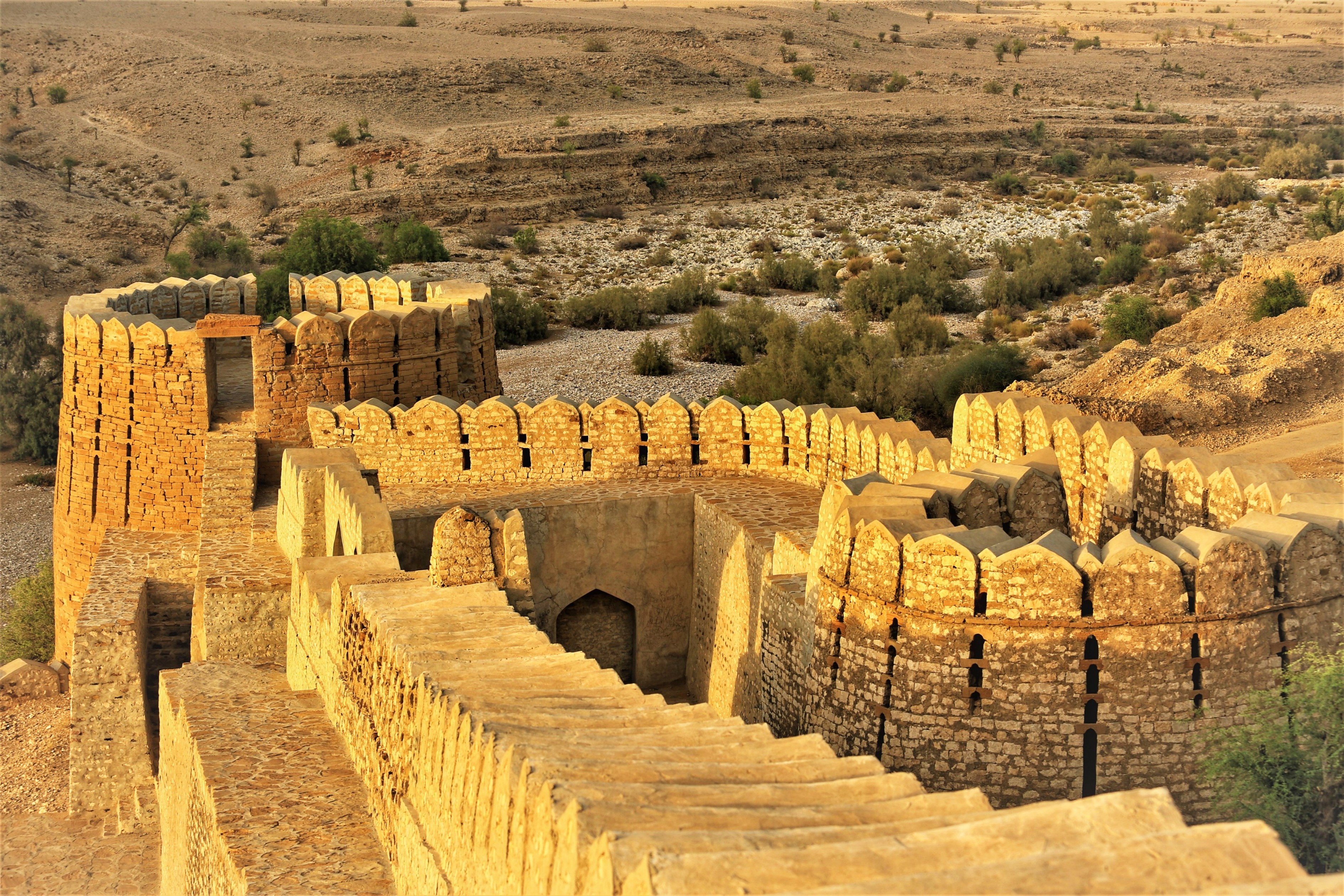
Ranikot Fort
Location: Jamshoro District, Sindh, Pakistan
Also known as the "Great Wall of Sindh", Ranikot Fort is believed to be the world’s largest fort with a circumference of around 32 km. Its origins are mysterious, but it stands as a symbol of Sindh's enduring legacy.
Learn more